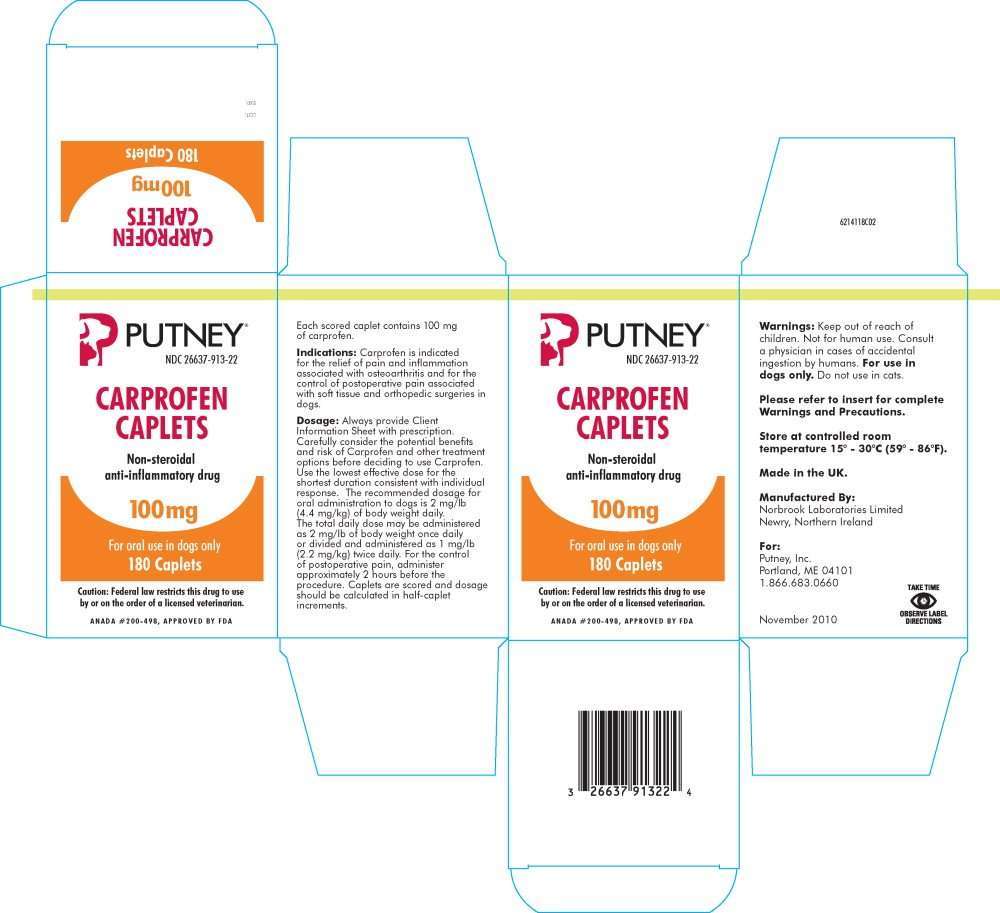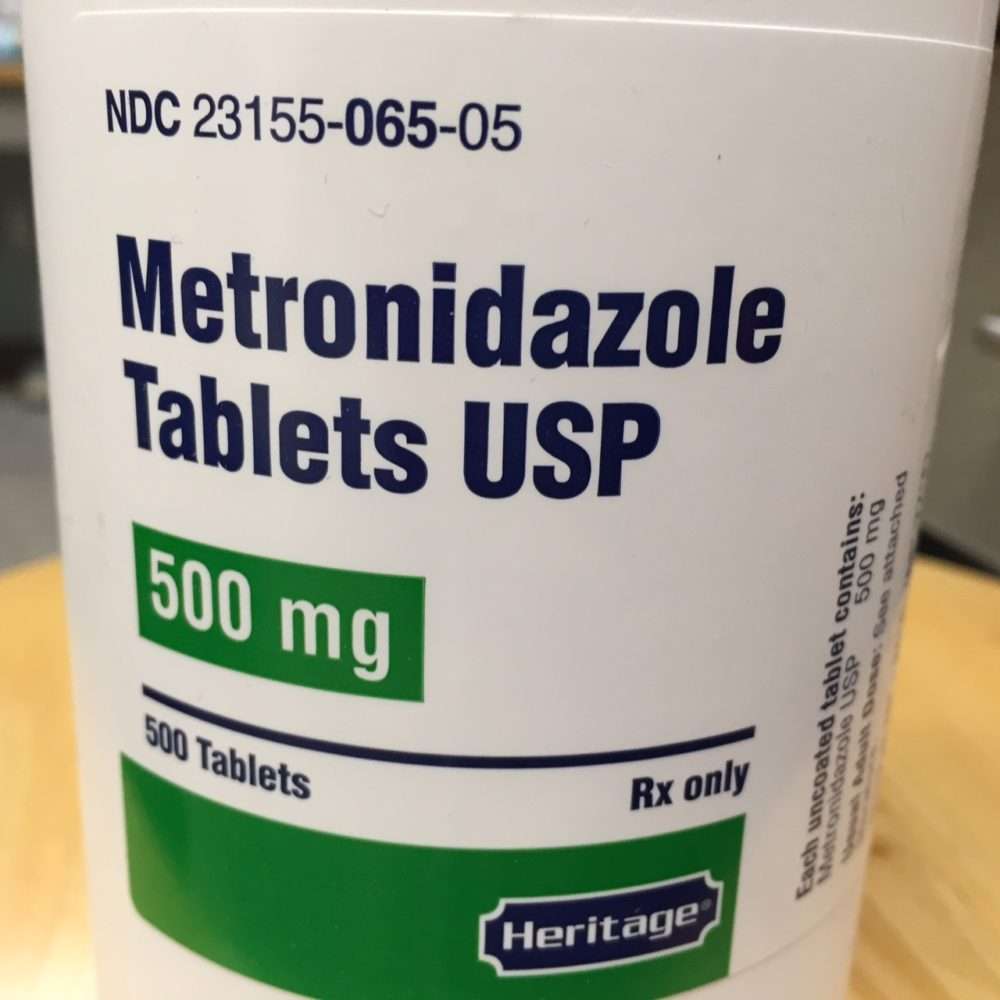Key Takeaways:
- Administering medication to your cat can be challenging, but it is essential for their health and well-being.
- Using a pill dispenser or pill pocket can make giving medication easier and less stressful for both you and your cat.
- Always follow the veterinarian's instructions on dosage and frequency when giving medication to your cat.
- If your cat refuses to take the medication, consult with your veterinarian for alternative options such as flavored liquids or compounded medications.
- It is important to monitor your cat while they are taking medication to ensure they are not experiencing any adverse reactions or side effects.
Are you a cat owner who struggles with giving medication to your furry friend? If so, you're not alone. Administering pills to cats can be a challenging and stressful task, but fear not! In this article, we will explore the art of safely giving medicine to your feline companion. By understanding the proper techniques and tips for pill time, you can ensure that your cat stays healthy and happy. Did you know that nearly 50% of cat owners struggle with medicating their pets? With our help, you'll become an expert in no time. So let's dive in and discover the secrets to successfully administering medicine to your beloved cat!
Why is it important to give medicine to your cat safely?
When your cat is sick or in pain, giving them the right medication is crucial for their well-being. However, it's equally important to administer the medicine safely to avoid any harm or discomfort to your furry friend. Giving medicine to your cat safely ensures that they receive the proper dosage and that there are no adverse reactions or side effects.
Preventing accidental ingestion
Cats are curious creatures, and they may accidentally ingest medications that are left within their reach. This can be extremely dangerous as certain medications meant for humans or other animals can be toxic to cats. By administering medication safely, you can prevent accidental ingestion and keep your cat safe from potential harm.
Promoting trust and cooperation
Cats can be finicky when it comes to taking medication, and if they have a negative experience, it can become even more challenging in the future. By giving medicine safely, you build trust with your cat and create a positive association with the process. This makes it easier for both of you in the long run if further treatment is required.
Common mistakes when giving medicine to cats
Administering medication to cats can sometimes be tricky, and there are common mistakes that pet owners make without realizing it. Being aware of these mistakes can help you avoid them and ensure that your cat receives their medication effectively.
Inadequate preparation
One common mistake is not preparing properly before giving medication. This includes not having all the necessary supplies ready, such as syringes or pill pockets. Being unprepared can lead to stress for both you and your cat, making the process more difficult than it needs to be.
Incorrect dosage
Another mistake is giving the wrong dosage of medication. It's important to carefully read and follow the instructions provided by your veterinarian. Giving too little medication may not effectively treat your cat's condition, while giving too much can be harmful. Always double-check the dosage before administering any medication.
Forcing medication
Trying to force medication into a cat's mouth can lead to resistance and stress. Cats have a strong instinct to resist things being forced into their mouths, and this can make them even more difficult to medicate in the future. It's important to use gentle techniques and create a positive experience for your cat during the process.
Tips for ensuring your cat takes its medicine without any problems
Administering medication to cats doesn't have to be a daunting task. With some tips and tricks, you can ensure that your cat takes their medicine without any problems, making the process easier for both of you.
Using treats or food
One effective method is mixing the medication with your cat's favorite treats or food. This helps mask the taste of the medication and makes it more appealing for your cat to consume. However, it's important to check with your veterinarian first as certain medications should not be mixed with food.
Pill pockets
Pill pockets are specially designed treats that have a hollow center where you can hide the pill. These treats come in various flavors and are an excellent option for cats who are hesitant about taking pills directly. The tasty treat disguises the pill, making it easier for your cat to swallow.
Gentle restraint techniques
If you need to administer liquid medication directly into your cat's mouth or apply topical treatments, using gentle restraint techniques can help keep them still during the process. Wrapping them in a towel or having someone assist you can prevent your cat from escaping and ensure that the medication is properly administered.
Reward and praise
After successfully giving your cat their medication, it's essential to reward and praise them for their cooperation. This positive reinforcement helps create a positive association with the process, making future administrations easier.
Signs that indicate your cat is having difficulty with medication
While some cats may take medication without any issues, others may struggle or show signs of discomfort. It's important to be aware of these signs as they can indicate that your cat is having difficulty with their medication.
Refusing to eat or drink
If your cat suddenly refuses to eat or drink after taking medication, it could be a sign that they are experiencing an adverse reaction or discomfort from the medication. Monitor their behavior closely and consult with your veterinarian if this persists.
Drooling excessively
Excessive drooling can occur if the taste of the medication is unpleasant for your cat. If you notice excessive drooling after administering medication, it's important to discuss this with your veterinarian as there may be alternative options available.
Vomiting or diarrhea
In some cases, certain medications can cause gastrointestinal upset in cats, leading to vomiting or diarrhea. If you observe these symptoms shortly after giving medication, contact your veterinarian for further guidance.
Mixing medicine with your cat's food or treats: Is it safe?
Mixing medicine with your cat's food or treats can be a convenient way to administer medication. However, it's important to note that not all medications should be mixed with food due to potential interactions or decreased effectiveness.
Consulting with your veterinarian
Before mixing any medication with your cat's food or treats, it's crucial to consult with your veterinarian. They can provide specific instructions on which medications can be safely mixed and which should be administered directly.
Effectiveness of the medication
Sometimes, certain medications need to be absorbed directly into the bloodstream without being mixed with food. Mixing these medications with food may affect their effectiveness, as they may not be fully absorbed by the body. It's essential to follow your veterinarian's guidance to ensure proper administration.
Alternative options
If your cat refuses to eat or is picky about their food, mixing medication with their food may not be effective. In such cases, alternative methods like using pill pockets or administering medication directly may be necessary.
Techniques for giving liquid medicine to a cat
Giving liquid medicine to a cat can be challenging, but with the right techniques, it can become much easier. Here are some techniques you can try when administering liquid medication to your cat:
Using a syringe
- Gently hold your cat's head from behind and tilt it slightly upwards.
- Insert the syringe into the corner of their mouth between the cheek and teeth.
- Squirt a small amount of liquid slowly into their mouth.
- Allow them time to swallow before giving more.
- Praise and reward your cat after successfully administering the medication.
Mixing with wet food
- Mix the prescribed dose of liquid medication thoroughly into a small amount of wet food.
- Present the food to your cat and watch them eat it.
- Ensure that your cat consumes all the medication by monitoring their eating behavior.
Using a pill dispenser
- A pill dispenser is a device that can hold liquid medication and allows for controlled administration.
- Place the dispenser at the back of your cat's mouth and press the plunger to release the medication.
- Make sure to follow the instructions provided with the pill dispenser for proper usage.
Frequency and timing of giving medication to your cat
The frequency and timing of giving medication to your cat are important factors in ensuring its effectiveness. It's essential to follow your veterinarian's instructions regarding dosage, frequency, and timing for administering medication to your cat.
Consistency in timing
Administering medication at consistent times each day helps establish a routine for both you and your cat. This consistency makes it easier to remember when to give medication and ensures that doses are not missed or delayed.
Frequent monitoring
Regularly monitor your cat's response to the medication. If there are any changes in their condition or if they experience side effects, inform your veterinarian immediately. Frequent monitoring allows for adjustments in dosage or treatment plan if necessary.
Completing full course of treatment
To ensure optimal results, it's crucial to complete the full course of treatment as prescribed by your veterinarian. Even if your cat starts feeling better before completing the prescribed duration, stopping medication prematurely can lead to relapses or incomplete recovery.
What to do if your cat refuses to take its medication?
If your cat refuses to take its medication, it can be frustrating and concerning. However, there are steps you can take to encourage your cat to take its medication without causing stress or harm:
Consulting with your veterinarian
If your cat consistently refuses medication, consult with your veterinarian for alternative options. They may be able to suggest different formulations or methods of administration that are more suitable for your cat's preferences.
Using compounding pharmacies
Compounding pharmacies specialize in customizing medications according to the specific needs of individual animals. They can create flavored medications or alternative forms like transdermal gels that can be applied to the skin if oral administration is not feasible.
Seeking professional assistance
If all else fails, consider seeking professional assistance from a veterinary technician or veterinarian who can administer the medication for you. This ensures that your cat receives the necessary treatment while minimizing stress for both you and your furry friend.
In conclusion, giving medicine to your cat can be a challenging task. However, by following the right steps and being patient, you can ensure their safety and well-being. Remember to always consult with a veterinarian for proper guidance.
How do you give a pill to a cat that doesn't want it?
There are different ways to administer medication to your cat, such as hiding it in their food. This can be done by mixing it in wet cat food, a small amount of tuna, or a treat, ensuring that the portion is small enough for them to consume.
Is it OK to crush pills for cats?
According to Animal Planet, it is not advisable to crush or grind pills and mix them into cat food or water unless specifically recommended by a veterinarian.
Is it easier to give a cat a pill or liquid?
Compared to pills or capsules, liquids have a higher chance of unintentionally entering the windpipe. To prevent the cat from inhaling liquid into the windpipe, avoid tilting the cat's head backwards. If you're having difficulty giving your cat a pill or capsule, consult your veterinarian about the option of mixing it with a liquid.
Can a cat choke on a pill?
The chances of a cat choking on a pill are extremely low because the pill will typically go down the throat and not the windpipe. However, it is still possible for a pill to become stuck in the throat, regardless of its size.
Can cats smell medicine in their food?
If your pet has a sensitive nose, they may refuse to eat their food or treats if they detect any unusual smells. To prevent this from happening, you can hide pills or medication in strong-smelling foods such as salmon or very pungent soft cheese. This tip can help ensure that your pet takes their medication without issues.
What food can you hide cat pills in?
Capsules and tablets are generally harder to hide in food compared to liquids, but you should experiment and find what works best for your cat. Some suggested options for hiding pills in food include: canned cat food, pureed meat baby food, tuna or other canned fish, plain yogurt, Pill Pockets™, cream cheese, or butter.
















